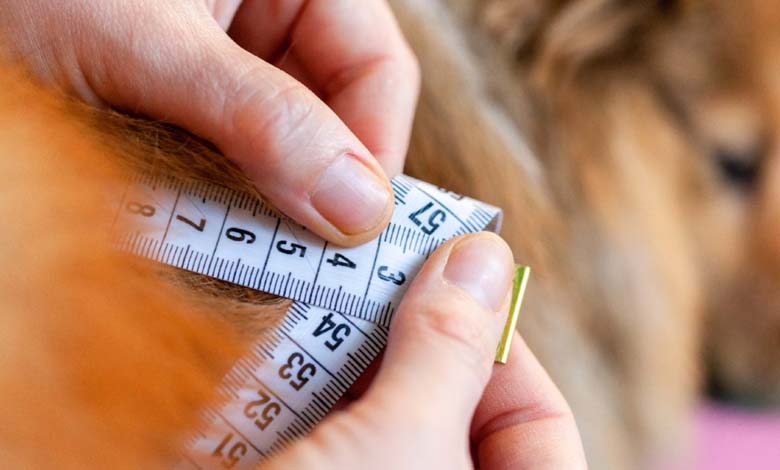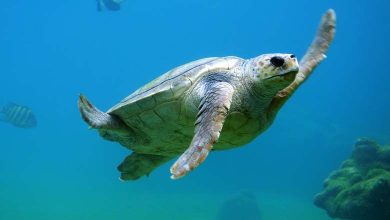Why do the sizes of animals shrink over time?

Species adapt to changes occurring in the ecosystem around them in various ways, which may involve both increasing and decreasing their sizes.
During the 19th century, American paleontologist Edward Cope, who discovered nearly a thousand extinct vertebrate species, and made significant contributions to the field of evolution, introduced Cope’s Rule. This rule, named after him, suggests that the sizes of living organisms tend to increase over thousands, and perhaps millions, of years as a way of adapting to environmental changes.
However, a recent study proposes that animal sizes may tend to shrink over time. Researchers arrived at this conclusion using computer models that simulate evolutionary processes, and they published their findings in the journal “Communications Biology” on January 18, 2024.
Cope’s Rule: Where did the large sizes come from?
Well, this leads us to examine the evolutionary history of an animal like the horse. When looking at the sizes of its ancestors, they were approximately the size of a dog, and their size increased over time until they appeared in the form we know today. Often, this increase in size occurs when competition in the environment is based on size. Animals that cannot adapt, especially those smaller in size in that context, face an increased risk of extinction. This is precisely what Cope’s Rule suggests.
Contrary to Cope’s Rule: Toward smaller bodies
Researchers found that there are other environmental factors controlling animal size. In regions where species compete more for food and shelter, animal sizes often become smaller. For example, small Alaskan horses that lived during the Ice Age quickly reduced their sizes due to climate changes and changes in vegetation.
For Survival!
Living organisms are forced to take measures to adapt to the surrounding conditions and survive, passing these adaptations on to their offspring over the years. In this case, living organisms are under what is known as “evolutionary pressure.” Therefore, scientists use computer models to simulate how animals respond to the evolutionary pressure forced upon them by environmental changes. Indeed, three distinct patterns of size emerge under different conditions:
Increase in size: Usually occurs when competition is based on size, as mentioned earlier. Increase in size, then extinction: Earth has witnessed five mass extinctions, and scientists say we are in the midst of the sixth mass extinction. However, when looking at the fossil record, previous mass extinctions led to the extinction of large-sized species, such as dinosaurs, opening the door for other species to take their place and evolve. Decrease in size: Often occurs when competition is high, forcing organisms to reduce their size to adapt to the available resources.
Living organisms strive to adapt to environmental conditions in any way possible, including changes in the sizes of their bodies, for survival. Climate change is among the significant threats that can bring about alterations in ecosystems, forcing living organisms to take actions to endure, and some are already on the endangered species list. We do not know whether humans will succeed in preserving them or not.












